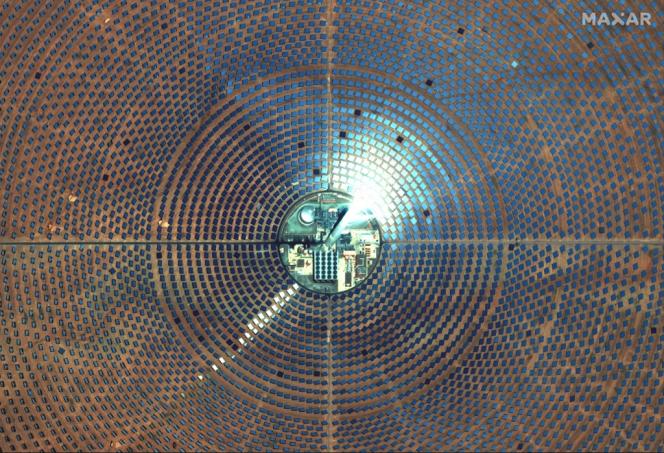On the world map of green hydrogen in 2050, North Africa is the first exporting region in the world and Europe the first importing zone. A study by Deloitte is reshuffling the energy cards and, potentially, the industry of the future.
The emergence of green hydrogen, linked to that of renewable energies, “will reshape the global energy and resource landscape as early as 2030, and could ultimately be a $1.4 trillion market [1 286 milliards d’euros] per year “says this study published in the heart of the summer.
In May, the World Hydrogen Council, a lobby created in Davos in 2018 by the major industrialists in the sector, identified with McKinsey, more than a thousand green hydrogen production projects announced around the world, requiring 320 billion dollars of investment, with commissioning planned mainly before 2030.
By 2050, according to Deloitte, the main exporters of green hydrogen should be “North Africa ($110 billion per year), North America ($63 billion), Australia ($39 billion) and the Middle East ($20 billion)”.
Replace fossil fuels
To reduce global greenhouse gas emissions and meet international climate commitments, the growth in green hydrogen needs is primarily intended to decarbonize high-emitting base industries.
Petrochemicals, steel, cement and fertilizers are concerned. Heavy transport such as aviation or maritime are also thirsty for hydrogen to replace fossil fuels, as they cannot depend on electric batteries like the automobile.
The production of green hydrogen from the sun or wind can also be used to develop “inclusively” industry in emerging countries, the report hopes. For example, it could make it possible to develop the steel industry in the countries of the South.
But currently, 99% of the world’s industrial hydrogen is ” gray “from methane gas produced by petrochemical sites, an operation that releases a lot of greenhouse gases such as CO2 in the atmosphere, and contributes to global warming.
And less than 1% of hydrogen can be called ” Green “resulting from the electrolysis of water which separates the oxygen and hydrogen atoms by an electric current.
Partner service
Online English lessons with Gymglish
Learn English in 10 minutes a day with fun and personalized lessons
Discover
The green hydrogen of the future will therefore come from the electrolysis of water from wind, solar or hydraulic electricity. Some ongoing experiments are even betting on production directly at sea, alongside wind turbines and desalinated seawater.
A playing card
This is where North Africa has a card to play, underlines Sébastien Douguet, head of economic advice at Deloitte, and co-author of the study based on data modeling from the International Agency for energy (IEA).
“Several North African countries such as Morocco or Egypt are taking up the question of hydrogen and “hydrogen strategies” are announced there only a few years behind the European Union and the Member States. -United “notes the researcher.
“Morocco has a very strong wind potential often underestimated, and a great solar potential, and Egypt has the means to become the main exporter of hydrogen to Europe in 2050 thanks to the natural gas pipelines already existing” which would be reassigned to hydrogen, he explains, questioned by AFP.
“In our study, we make the assumption that investments will stop in 2040” in CO capture and storage2 emitted during the production of hydrogen based on methane gas, the current strategy of the Gulf oil countries, but also of the United States, Norway or Canada, adds Mr. Douguet. The hydrogen produced in this way does not have the green label, but “blue”.
Several countries are betting on the transport by ship of intermediate vectors such as green kerosene, methanol or ammonia, from which the hydrogen would then be extracted on arrival at the port. A strategy already launched in Japan and Korea, importers, with Australia, producer of ammonia, according to Mr. Douguet.
“This green economy can become profitable for end customers, provided that public support for the establishment of infrastructure is long-term and that public policies are coordinated”however warns the author of the study.
